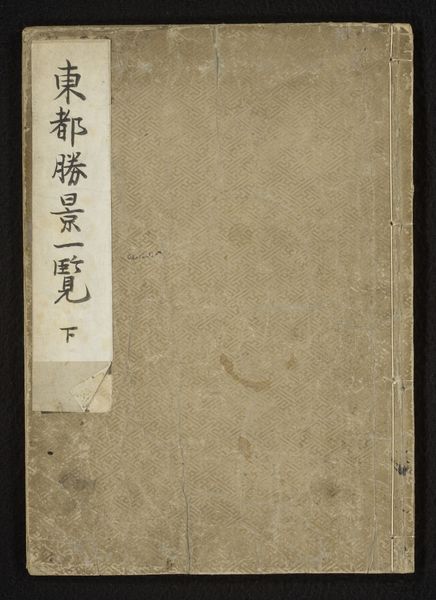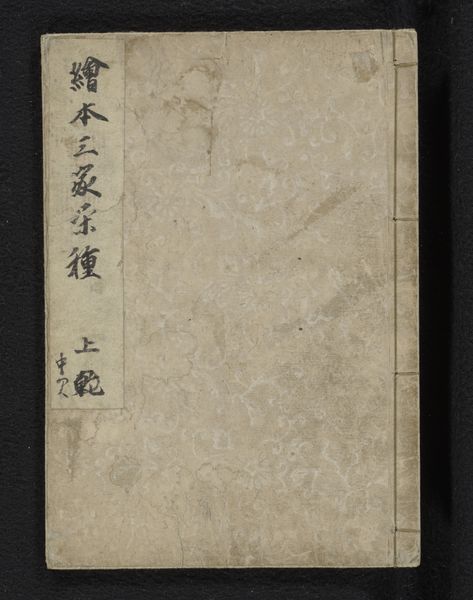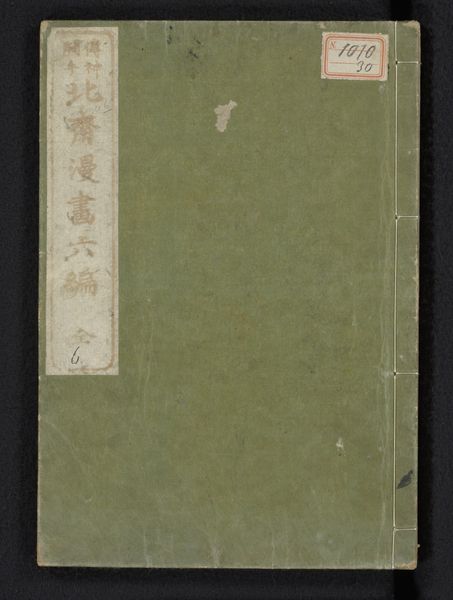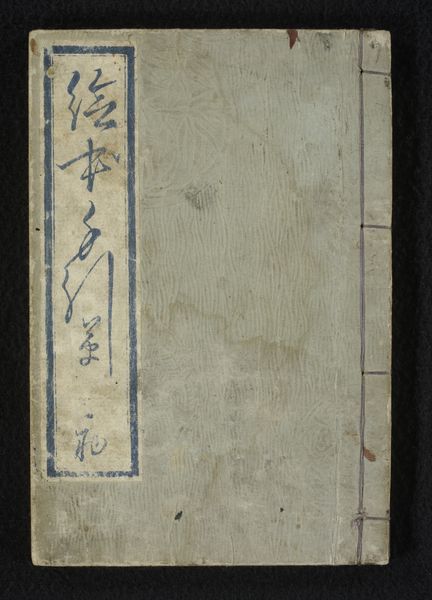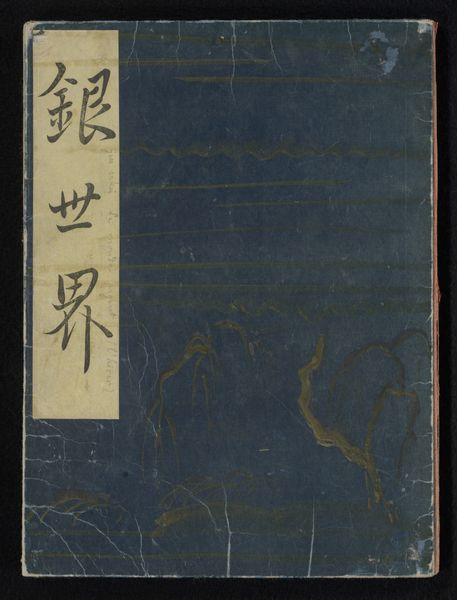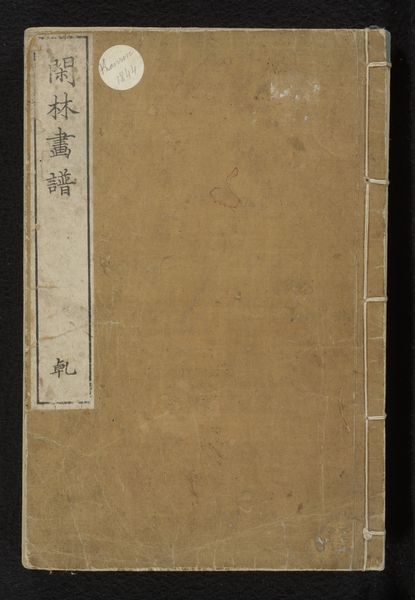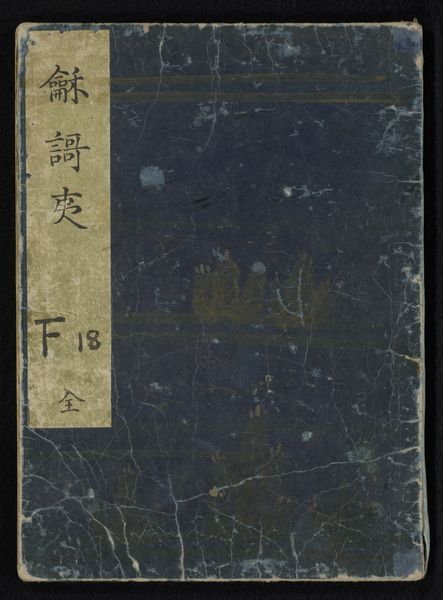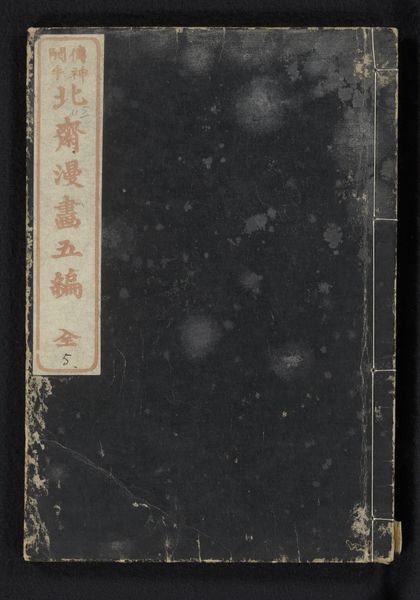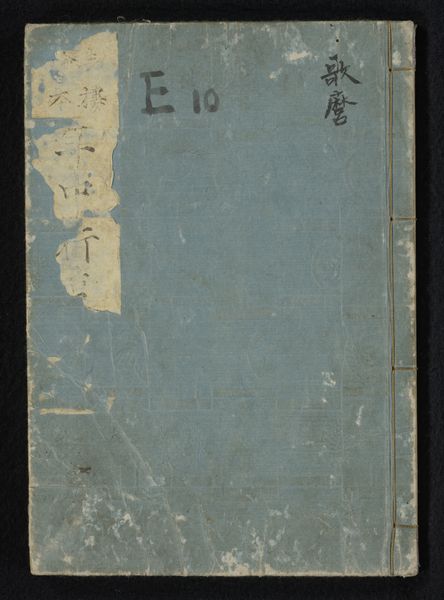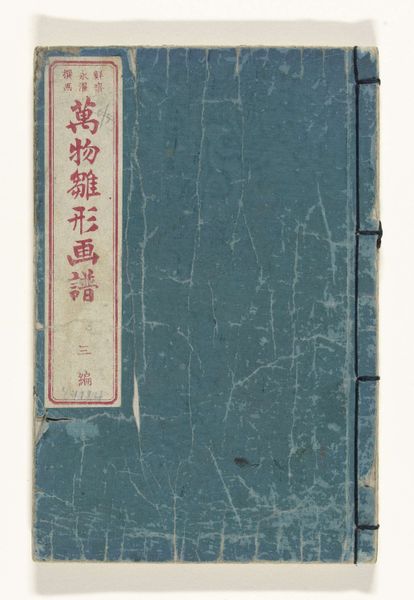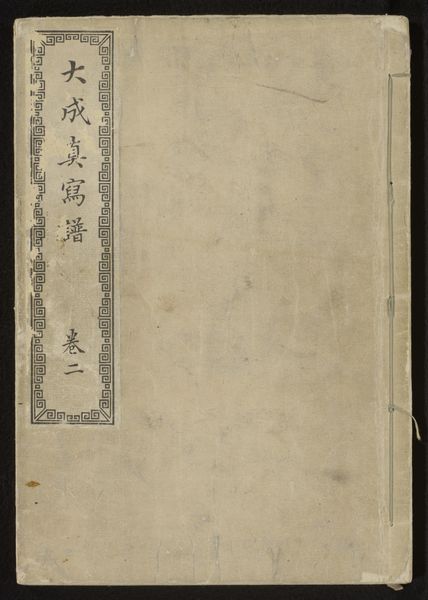
# print
#
asian-art
Dimensions: height 265 mm, width 182 mm
Copyright: Rijks Museum: Open Domain
Masayoshi created this woodblock-printed book, Vissenboek, around the late 18th to early 19th century in Japan, a period of relative peace and flourishing arts under the Tokugawa Shogunate. The book, whose title translates to "Fish Book," exists within a rich tradition of Japanese natural history illustration and the broader cultural interest in cataloging the natural world. During this time, Japan saw a rise in scientific and artistic exploration of its surroundings, fueled by economic stability and intellectual curiosity. Moreover, the institutional support of arts and sciences by the Shogunate, fostered an environment where artists like Masayoshi could thrive. This book isn't just a collection of images; it reflects a society deeply engaged with understanding and documenting its environment. To fully appreciate Masayoshi's work, one would delve into the history of Japanese naturalism, the development of woodblock printing techniques, and the cultural values placed on the natural world during the Edo period. It serves as a reminder that art is always rooted in specific social and institutional contexts.
Comments
No comments
Be the first to comment and join the conversation on the ultimate creative platform.
